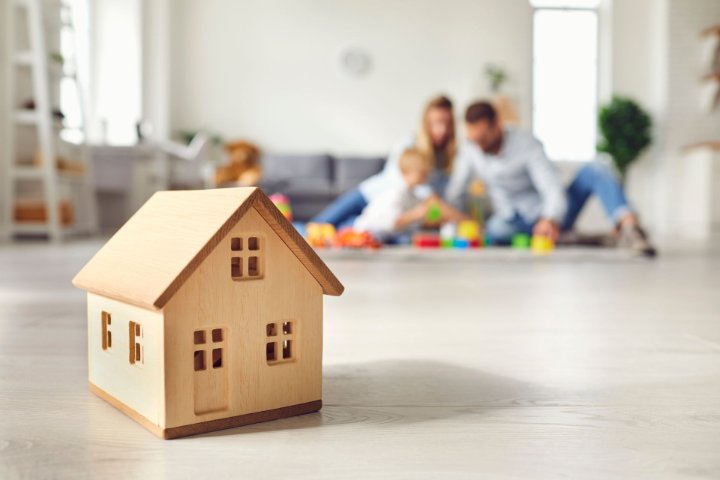

Awaab’s Law and the Role of Ventilation in Creating Healthy Homes
Where It All Began
Awaab’s Law was introduced following the tragic death of two-year-old Awaab Ishak in 2020, caused by a respiratory illness linked to black mould in his social housing flat.
His story highlighted serious failings in how damp and mould issues were managed by social landlords, sparking a nationwide call for change and new housing legislation.
What Is Awaab’s Law?
Awaab’s Law forms part of the Social Housing (Regulation) Act 2023, setting legally binding deadlines for landlords to investigate and resolve hazards such as damp and mould.
27 October 2025: Comes into effect for social housing in England
March 2026: Scheduled to roll out in Scotland
Future phases: Expected to include private landlords and additional hazards like excess cold, heat, and structural defects
Key Deadlines
Within 10 working days: Investigate reports of damp or mould
Within 24 hours: Act immediately on emergency hazards
Within a reasonable timeframe: Complete repairs or offer safe alternative accommodation
The aim is simple — to ensure all tenants live in safe, healthy homes with clean air and no exposure to damp or mould.
Why Ventilation Is Central to Awaab’s Law
While Awaab’s Law enforces faster action, true prevention begins with tackling root causes, not just treating visible mould.
One of the main culprits behind recurring damp and mould is poor ventilation.
When moisture from everyday activities like cooking, washing, and showering isn’t properly removed, it condenses on cold surfaces, encouraging mould growth. Without effective ventilation, these conditions persist — even in modern, well-insulated homes.
That’s where Mechanical Ventilation with Heat Recovery (MVHR) systems come in.
How Ubbink MVHR Systems Help Prevent Damp and Mould
Ubbink’s MVHR units are engineered to create balanced, continuous ventilation that keeps air fresh and healthy while retaining heat energy.
Key Benefits:
Mould Prevention: Reduces humidity and condensation, preventing mould growth.
Healthier Air: Removes pollutants, allergens, and stale air, improving indoor air quality.
Energy Efficiency: Retains up to 95% of heat, lowering energy bills.
By maintaining optimal air circulation and humidity, MVHR systems support compliance with Awaab’s Law and help landlords prevent issues before they arise.
Ventilation – Roof Vents and Terminals
Effective ventilation doesn’t stop inside the home. Moisture can also accumulate in lofts, attics, and roof spaces, leading to condensation, timber decay, and insulation damage.
To prevent this, Ubbink offers a comprehensive range of roof vents and terminals designed to:
Promote airflow in lofts and attics
Prevent moisture build-up and condensation
Protect roof structures from mould and damp damage
Integrate seamlessly with different roof types and materials
Our roof ventilation products work hand-in-hand with MVHR systems to provide a complete, whole-house ventilation solution, ensuring clean, dry air from roof space to living space.
Preparing for Awaab’s Law
Social landlords, housing associations, and local authorities can prepare by:
Reviewing current repair processes for damp and mould
Training staff to identify causes rather than symptoms
Inspecting ventilation systems and upgrading where necessary
Implementing preventative maintenance to reduce long-term risks

Training and Support from Ubbink
Ubbink offers comprehensive training and support for housing providers and installers, covering:
Ventilation regulations and compliance under Awaab’s Law
MVHR system design, installation, and maintenance
Understanding ducting and airflow requirements
Troubleshooting and servicing existing systems
The health and energy benefits of good ventilation
With expert guidance and reliable solutions, Ubbink helps ensure every property meets the highest standards for safety, comfort, and indoor air quality.
Awaab’s Law: Shaping a Culture of Prevention
Awaab’s Law represents a crucial shift from reaction to prevention — and ventilation is at the heart of that change. By investing in the right systems, training, and maintenance, landlords can protect both their tenants and their properties.
With Ubbink MVHR systems, housing providers can achieve compliance, efficiency, and healthier living environments, ensuring every home delivers clean air and long-term wellbeing.


